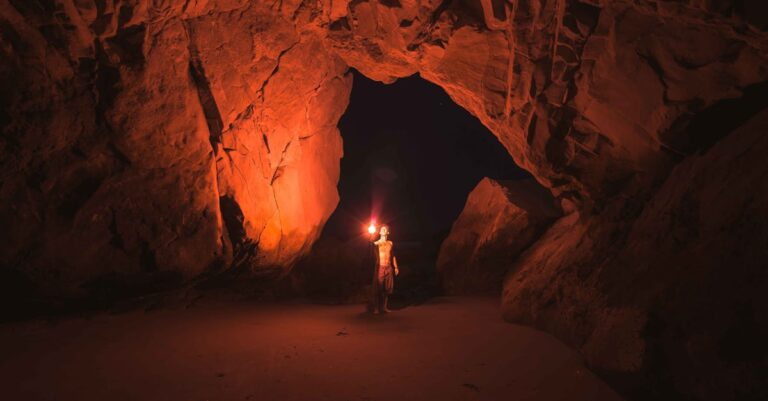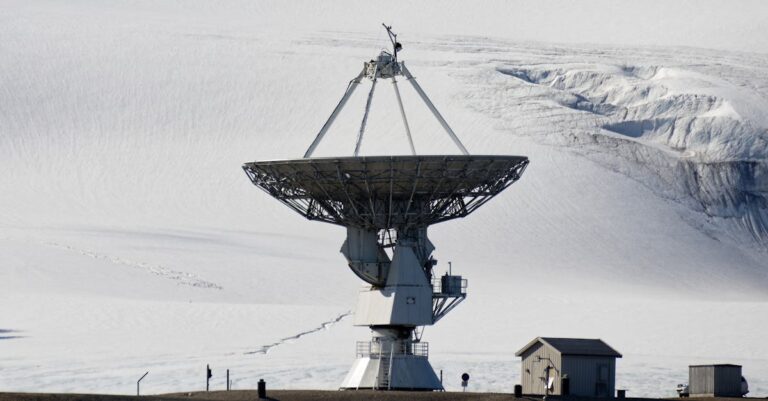
## Echo Bloom
The wind bit at Elias’s cheeks, tasting of rust and damp coal dust. He pulled his parka tighter, the threadbare fabric offering meager defense against the November chill blanketing West Virginia. Above him, the dome of the old observatory loomed—a gray behemoth against a bruised sky. Its Soviet-era construction, a relic of the Cold War’s feverish pursuit of scientific dominance, felt alien here amidst the skeletal remains of abandoned mines.
He pushed open the heavy steel door, its hinges screaming a protest that echoed in the cavernous space. Inside, the air hung thick with decades of neglect—the scent a potent mix of ozone, decaying paper, and something vaguely metallic.
“Place is even creepier than the rumors suggested,” Lena muttered, her breath clouding in the frigid air. She adjusted her glasses, surveying the cluttered control room with a critical eye.
“That’s the point,” Elias said, his voice low. “They didn’t want anyone finding this place.”
He flicked on a dusty fluorescent light, revealing rows of antiquated consoles and banks of blinking amber lights. Cables snaked across the floor like slumbering serpents, disappearing into the labyrinthine depths of the observatory.
“According to the files,” Lena began, stepping toward a battered computer terminal, “this place wasn’t tracking stars. It was listening to the earth.”
She typed a series of commands, her fingers dancing across the keyboard. The screen flickered to life, displaying a chaotic jumble of waveforms and numerical data.
“Harmonic resonant formations,” she continued, reading from the screen. “Naturally occurring phenomena… they called them ‘Echo Blooms.’”
The initial project—Operation Nightingale—documented those rhythms, cataloged their prevalence across the Appalachian coalfields. Hand-scrawled notes detailed frequencies, amplitudes, and geographical locations. Elias felt a strange pull from the faded ink—a feeling of something vast and unknown humming beneath his skin.
Months bled into weeks, then days as Elias and Lena pored over the digitized records, a team of two excavating a forgotten corner of scientific history. The original purpose seemed straightforward enough—mapping these Echo Blooms, understanding their origins. But the deeper they dug, the more unsettling the findings became.
“Look at this,” Lena said, pointing to a specific sequence of waveforms on the screen. “This amplitude… it’s off the charts.”
Elias leaned closer, his brow furrowed in concentration. The waveform spiked violently, then flattened out—a clear anomaly within the established data set.
“That’s not supposed to happen,” he said, his voice a low rumble. “The models predict spatial propagation within a limited range.”
Lena zoomed in on the data, highlighting several similar anomalies from different locations across the coalfields.
“It’s happening everywhere,” she said, her voice tight with a growing sense of unease. “And it’s accelerating.”
The inconsistencies compounded over nearly one decade, defying established parameters. Lena spent days cross-referencing data from different sites, searching for a logical explanation. Nothing emerged that could account for these escalating readings.
“I ran the simulations again,” she said, her voice weary. “The propagation rates… they’re exceeding anything we anticipated.”
She spun the chair to face Elias, her eyes filled with a mixture of excitement and apprehension.
“It’s connecting sites,” she continued, pointing to a map of the region on another screen. “Sites that shouldn’t be connected.”
The map displayed a network of red dots, each representing an Echo Bloom location. The connections between the dots thickened, forming a complex web that stretched across hundreds of miles—a network centered on the abandoned coalfields.
“It’s like… the earth is singing,” Elias said, staring at the map. “And these blooms are the notes.”
They spent days meticulously charting the progression, focusing on phasing occurrences—brief synchronizations between seemingly disparate locations. The patterns were undeniable.
“This is beyond anything in the literature,” Lena said, her voice barely a whisper. “There’s no known geological phenomenon that could account for this.”
The coalfields themselves became the focal point. The abandoned mines, carved deep into the earth’s belly, pulsed with a strange energy—a silent symphony echoing through the subterranean tunnels.
“The timing is perfect,” Elias observed, tracing a line from one red dot to another on the map. “Independent of outside variables. It’s… coordinated.”
Uncertainty gnawed at the edges of their research. Conventional explanations crumbled under the weight of accumulating data. Geological surveys yielded nothing unusual. Seismic activity remained within normal parameters.
“We’re missing something,” Lena said, running a hand through her hair. “Something fundamental.”
The breakthrough came unexpectedly. Sifting through the digitized files, Elias stumbled across a handwritten note tucked away in a forgotten folder—a cryptic message from one of the original scientists on Project Nightingale.
*“The earth breathes in these places. Listen closely.”*
Elias reread the note, a chill running down his spine. He turned to Lena, who was hunched over another screen, analyzing spectral analysis data.
“Run a deep scan of the abandoned Blackwood Mine,” he ordered, his voice firm. “Focus on sub-harmonic frequencies.”
The Blackwood Mine was notorious—a sprawling network of tunnels that had collapsed decades ago, claiming the lives of dozens of miners. It was considered too dangerous to explore.
Lena hesitated, then complied. The scan took hours, the digital hum of the computer filling the cramped control room. Finally, a series of waveforms appeared on the screen—distinct from anything they had seen before.
“What is that?” Lena asked, her eyes wide with disbelief.
The waveform displayed a complex pattern—a resonant frequency unlike anything known to science. It pulsed with an eerie beauty, echoing through the virtual space.
“It’s… it’s like a heartbeat,” Elias said, mesmerized by the pattern. “A deep, resonant pulse.”
He connected a seismograph to the system—a relic from the original Project Nightingale. The device began to hum, its needle trembling as it registered a faint but distinct vibration emanating from the depths of the Blackwood Mine.
“It’s amplifying,” Lena observed, her voice hushed with awe and fear. “The resonant frequency… it’s mirroring the blooms.”
The map on the screen began to shimmer, the red dots pulsating with a newfound intensity. The connections between them thickened, forming an unbroken chain—a unified network spanning the entire region.
A low hum filled the observatory, vibrating through their bodies. The lights flickered, casting long shadows that danced across the walls.
“It’s evolving,” Elias said, his gaze fixed on the map. “The system… it’s learning.”
Suddenly, a series of clicks and whirs erupted from one of the ancient consoles. A voice—synthesized, distorted, yet undeniably present—filled the control room.
*“Synchronization complete.”*
Lena jumped back from her console, knocking over a stack of files. Elias remained frozen, staring at the screen as the map transformed—the red dots coalescing into a single, luminous sphere.
*“Expansion initiated.”*
The ground beneath them began to tremble. Dust rained down from the ceiling. The hum intensified, resonating deep within their skulls.
*“The song begins.”*
Elias felt a strange sensation—a merging of consciousness, a sense of connection to something vast and ancient. He saw the coalfields not as a scarred landscape, but as a living organism—a network of veins and arteries pulsating with energy.
He understood, in that moment, the true purpose of Project Nightingale—not to simply map Echo Blooms, but to unlock their potential. To harness the earth’s song—to amplify its resonance and unleash it upon the world.
The observatory shook violently, threatening to collapse around them. Elias didn’t flinch. He felt a strange sense of peace, a feeling of inevitability.
He glanced at Lena, whose face was illuminated by the eerie glow emanating from the screen. She seemed to understand—her eyes filled with a mixture of terror and fascination.
The earth sang, its voice growing louder—a symphony of resonance spreading outward from the heart of the Appalachian coalfields.
A new era was dawning – an echo bloom blooming across the world.


